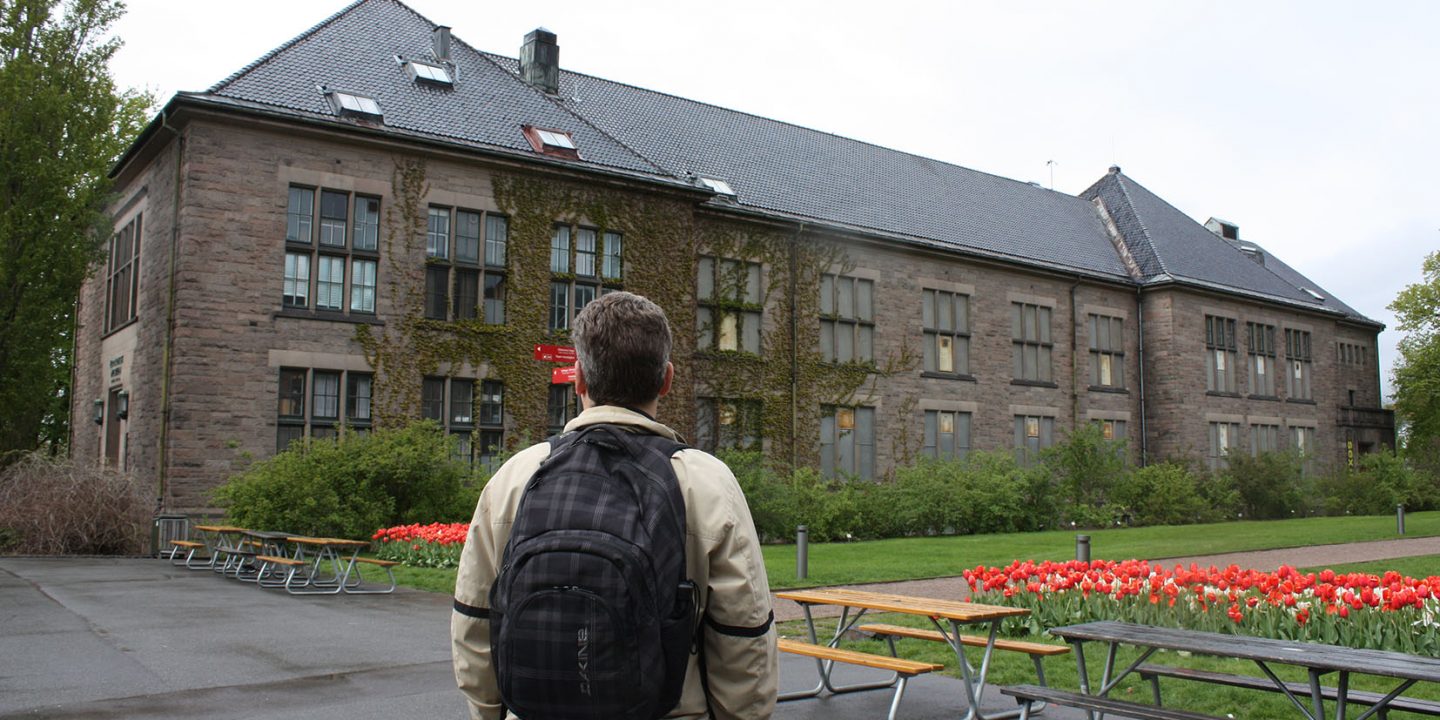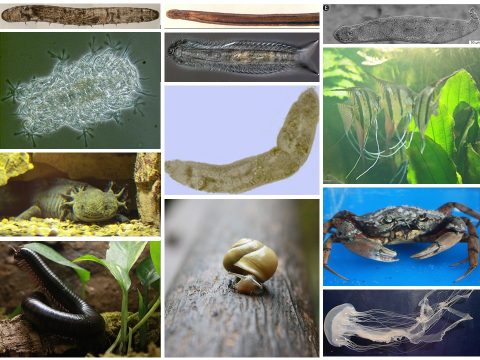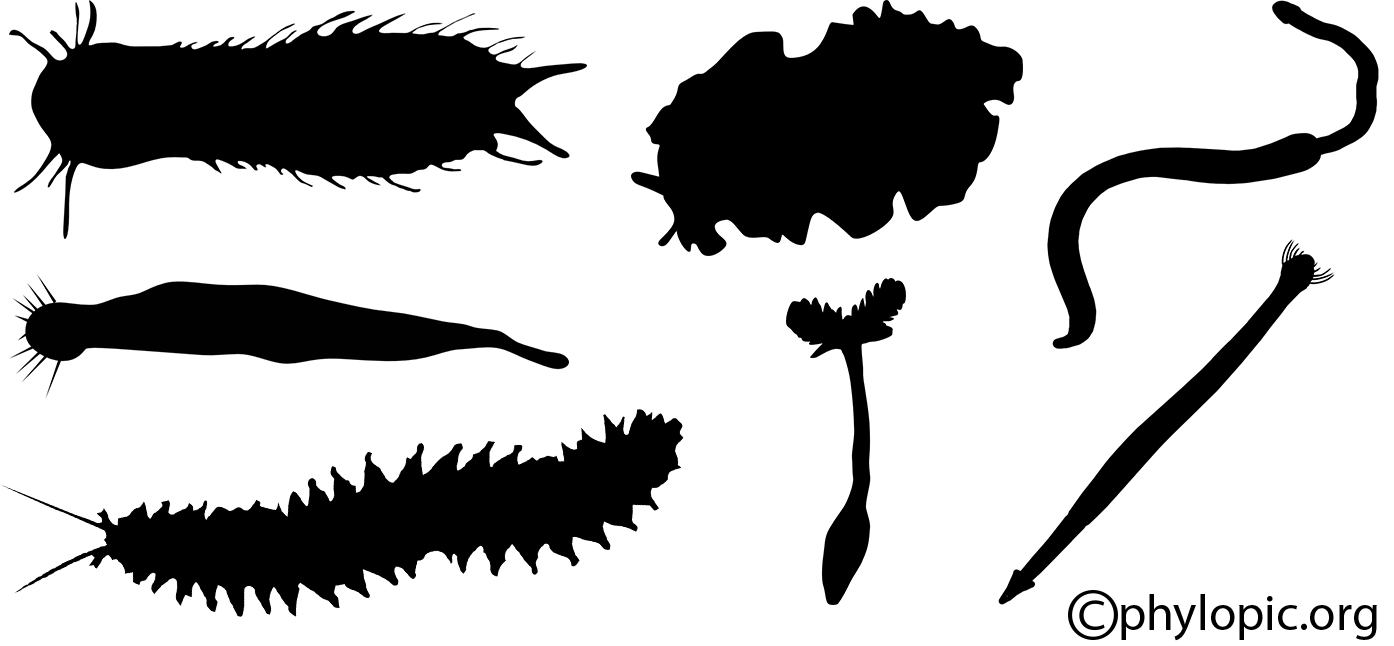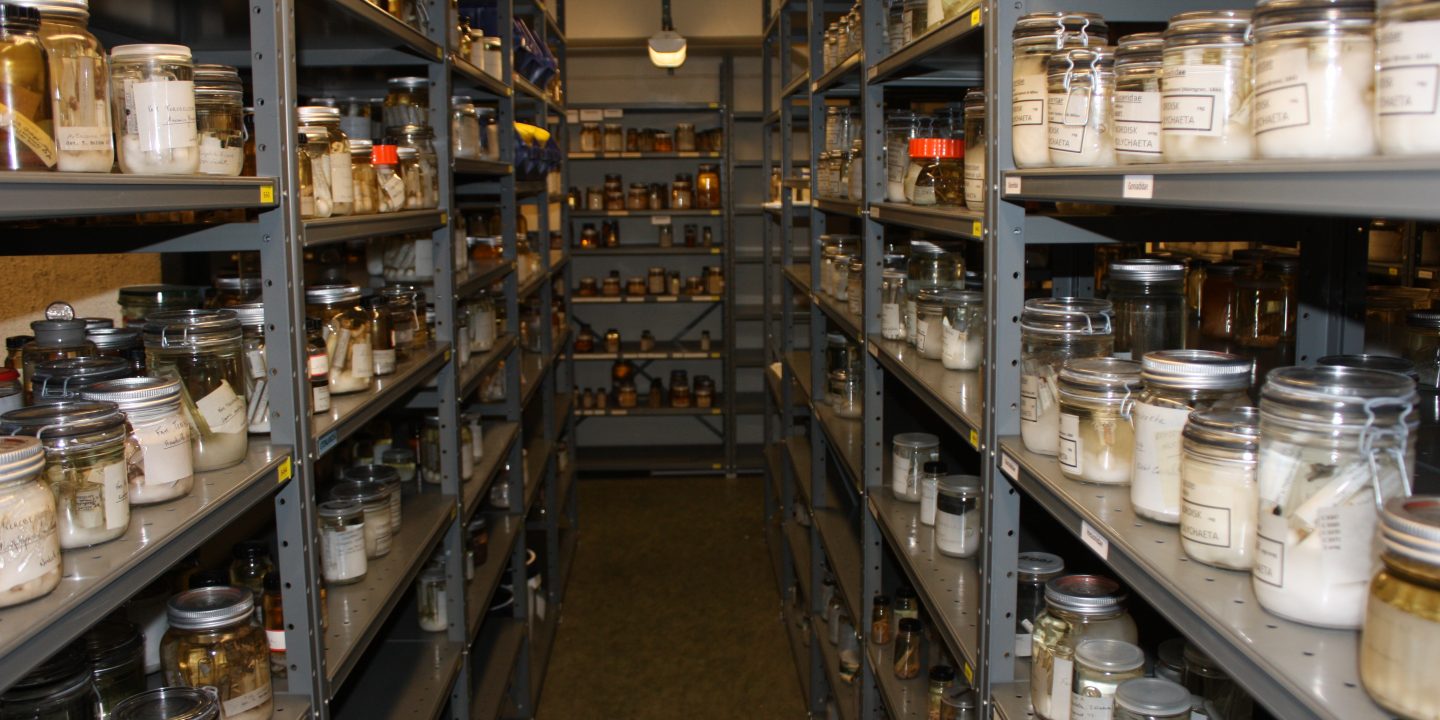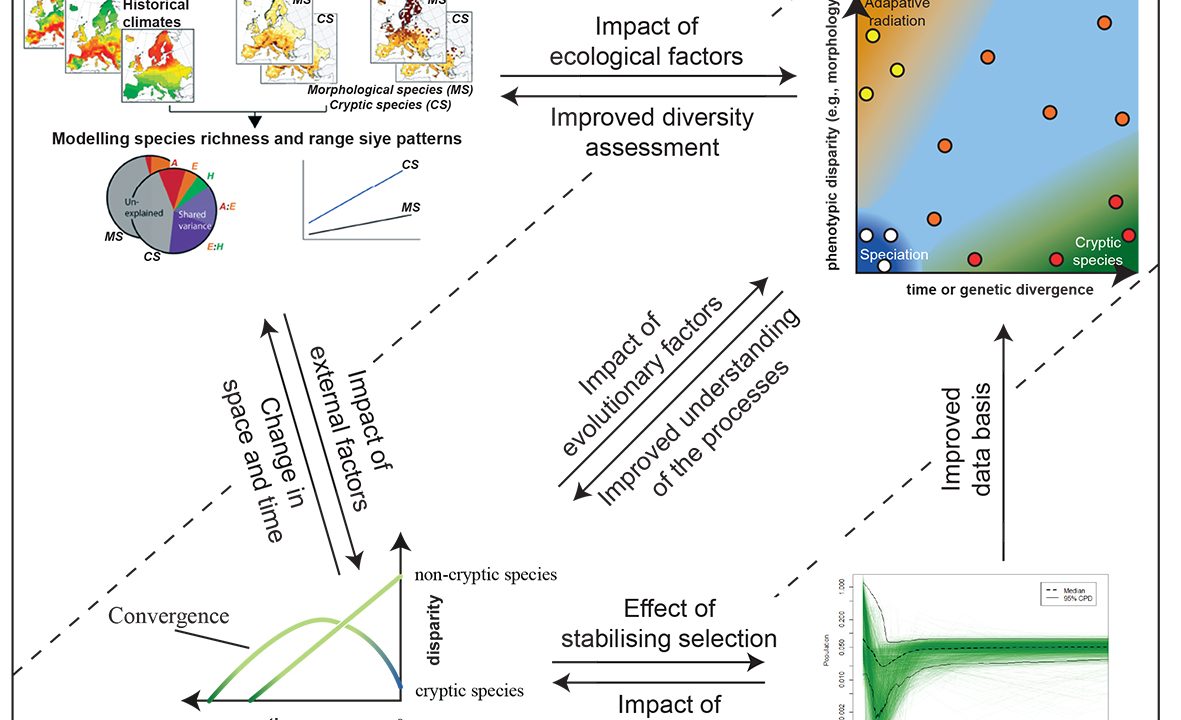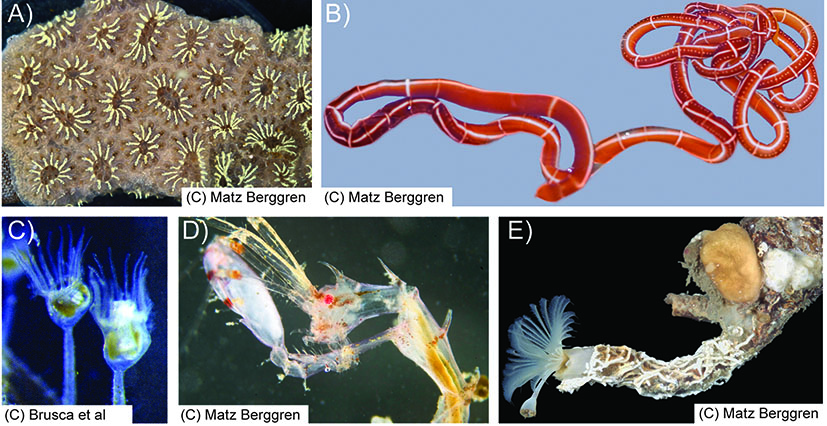

Why is this group interesting to study? The marsh violet group (Viola sect. Plagiostigma, subsect. Stolonosae, in part; Violaceae) is one of numerous north-temperate species groups that diversified in response to climate cooling in the last ~5 million years. Thus, studying this group has the potential to elucidate […]

Månedens gruppe for juni. Myrfiolene – ei artsgruppe der hybridisering skaper, endrer og fjerner mangfold
Hvorfor er denne gruppa interessant å studere?Myrfiolgruppa (Viola seksjon Plagiostigma, underseksjon Stolonosae; Violaceae) er ei av flere artergrupper i den nordlige tempererte sonen som diversifiserte som respons på global nedkjøling de siste ~5 millioner år. Å studere artene i denne gruppa gir derfor mulighet til å belyse de […]
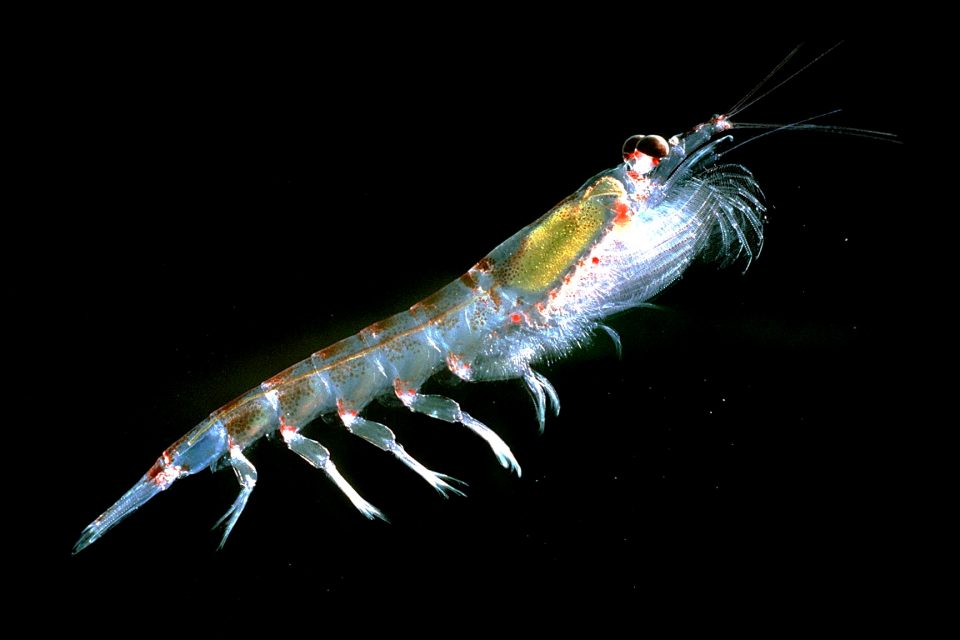
Group of the month, May: The Krill
Featured photo: Euphausia superba, the Antarctic krill. Photo by Professor Dr. habil. Uwe Kils, uploaded to en.wikipedia.org. This file is licensed under the Creative Commons Attribution-Share Alike 3.0 Unported license. https://creativecommons.org/licenses/by-sa/3.0/ Tiny but mighty, krill are among the most abundant animals on Earth and their collective role is […]
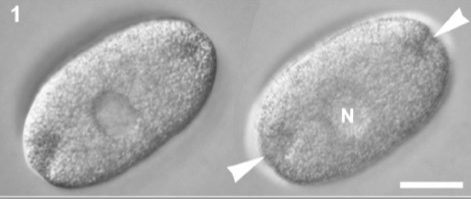
Group of the Month April: Family Rhytidocystidae
Cover image: Rhytidocystis polygordiae from the intestines of a polychaete Polygordius sp. (Scale bar = 15 μm) from Leander & Ramey, 2006. https://doi.org/10.1111/j.1550-7408.2006.00109.x For this month’s group, I’m introducing another group of enigmatic protists, the family Rhytidocystidae. They belong to the phylum Apicomplexa, which is known for many […]
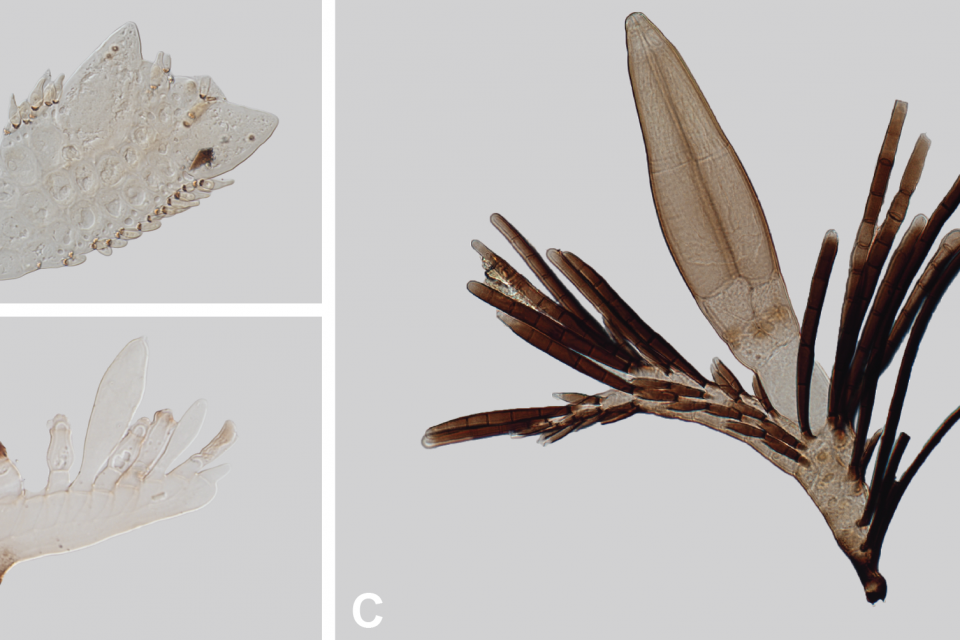
Månedens Gruppe Mars: Laboulbeniales
La meg presentere månedens gruppe for mars: En sopp! Nå tenker du sikkert for deg selv: «Vent, det der er ikke en sopp. Det er helt klart bare en bille…» Og det er i og for seg riktig! La oss zoome litt lengre inn: Tankerekken fortsetter: «Hmm… Det […]

Group of the Month March: Laboulbeniales
Let me introduce you to the Group of the Month for March: A fungus! At this point you are probably thinking to yourself: “Wait a minute, that’s not a fungus. That’s clearly just a beetle…” And for the most part, you’d be right! Let’s zoom in a bit […]
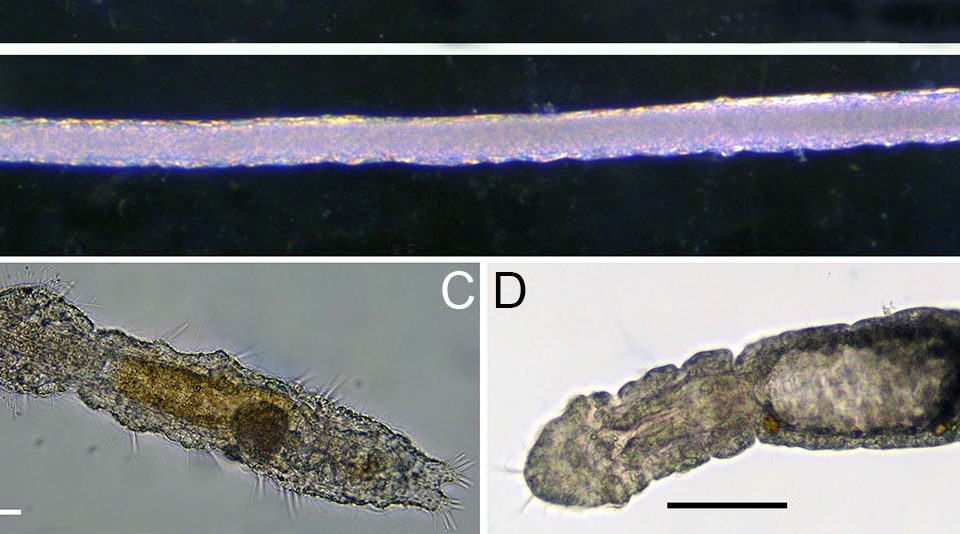
Hva er det neste som skjer med smådyrene?
I forrige uke publiserte vi en artikkel om meiofauna og hvorfor det er viktig å studere dem, og hvilke vitenskapelige spørsmål som bør tas opp i neste omgang. Artikkelen «Fundamental questions in meiofauna research highlight how small but ubiquitous animals can improve our understanding of Nature» ble publisert […]

What’s up next for the small animals?
Last week, we published an paper on meiofauna and why it is important to study them and which scientific questions should be addressed next. The paper “Fundamental questions in meiofauna research highlight how small but ubiquitous animals can improve our understanding of Nature” was published in Communications Biology. […]
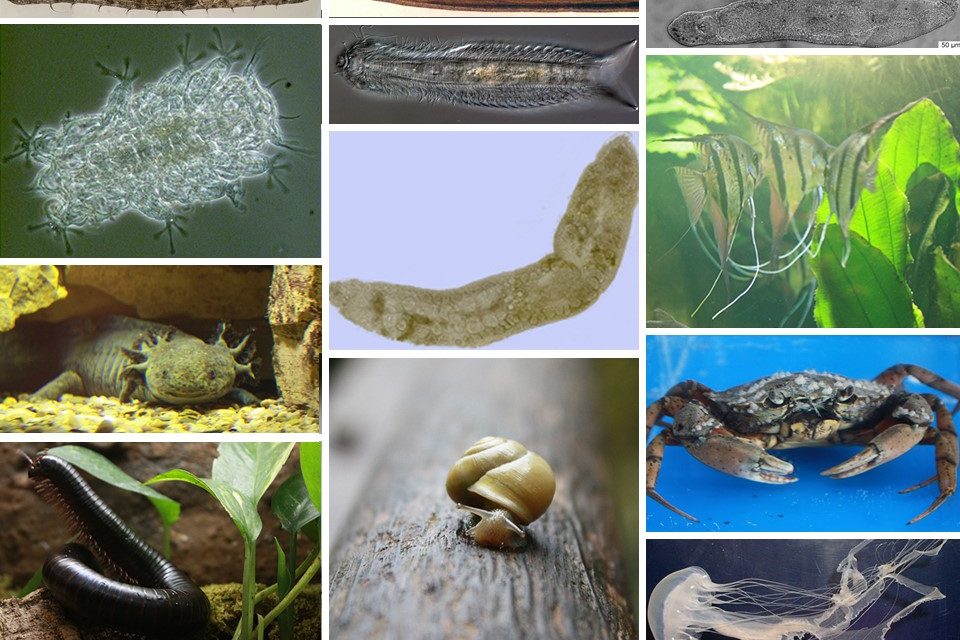
Vellykket betjening av det europeiske samfunnet for genomisk biodiversitet
Biodiversity Genomics Europe (BGE) er et fellesskapsdrevet prosjekt finansiert av EU for å etablere et rammeverk for koordinering av DNA-strekkoding og genomsekvensering i hele Europa. Som en del av genomstrømmen i BGE sekvenseres referansegenomer fra arter fra kritisk europeisk biologisk mangfold. En viktig oppgave i dette arbeidet var […]

Successfully served the European biodiversity genomic community
The Biodiversity Genomics Europe (BGE) Project is a community-driven effort funded by the EU to establish a framework for coordinating DNA barcoding and genome sequencing across Europe. As part of the genome stream of BGE, reference genomes from species from critical European biodiversity are sequenced. An important task […]
